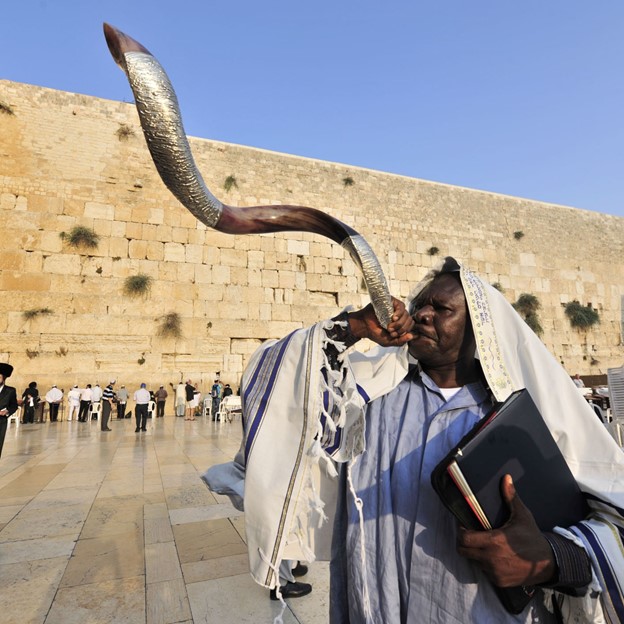Rosh Hashanah, which means “head of the year” in Hebrew, is a special celebration in the Jewish tradition that marks the Jewish New Year. This holiday is observed with prayers, festive meals, and gatherings of family and friends. If you’re curious about the significance of Rosh Hashanah and how it is celebrated, read on to discover all you need to know.

Rosh Hashanah and the High Holidays
Rosh Hashanah, a two-day holiday, signifies the beginning of the Jewish “High Holidays,” a ten-day period of reflection and repentance. These ten days culminate with Yom Kippur, also known as the Day of Atonement, which is considered the holiest day in the Jewish calendar.
Understanding Rosh Hashanah
Rosh Hashanah is a time for Jewish people around the world to seek forgiveness for their past year’s mistakes and commit to not repeating them in the coming year. It’s a period of self-reflection and spiritual renewal.
Yom Kippur
Following Rosh Hashanah, Yom Kippur arrives as the final day of the ten-day period of repentance. This day is typically observed with fasting and extended periods of deep prayer. Yom Kippur concludes with the sound of the shofar, a trumpet made from a ram’s horn.
When is Rosh Hashanah and Yom Kippur in 2023?
Rosh Hashanah falls on the first day of the Hebrew month of Tishrei, which usually corresponds to September or October in the Gregorian calendar. In 2023, Rosh Hashanah begins at sunset on Friday, September 15, and concludes at sunset on Sunday, September 17. Yom Kippur follows, starting on the evening of Sunday, September 24, and concluding on the evening of Monday, September 25.
Rosh Hashanah Traditions
Rosh Hashanah celebrations vary from family to family, but common traditions include attending services at a temple or synagogue. During these services, the shofar is blown to awaken spiritual awareness and encourage worshipers to seek God’s forgiveness for their sins.
Tzedakah, the act of giving to those in need, is another essential aspect of Rosh Hashanah. By performing acts of kindness and charity, people believe they can earn blessings for a fruitful new year.
Rosh Hashanah Cuisine
Traditional Rosh Hashanah foods hold symbolic meanings. Fish, representing fertility and abundance, is a common dish. Some people even eat the head of the fish to express their desire to be leaders in the upcoming year.
Additionally, many Jewish families enjoy challah bread and apples dipped in honey to symbolize their hopes for a sweet and prosperous New Year. Pomegranates, with their numerous seeds, are also consumed to signify blessings in the year ahead.
Rosh Hashanah Greetings
Given that Rosh Hashanah celebrates the Jewish New Year, the most common greeting is “Happy New Year.” In Hebrew, this phrase is “Shanah tovah” (pronounced shah-NAH toe-VAH), which translates to “good year.”
A more extended greeting is “L’shana tovah u’metukah,” meaning “for a good and sweet year.”
Another appropriate greeting is “chag sameach” (pronounced KHAHG sah-MEY-akh), which translates to “happy festival.” It’s akin to saying “Happy Holidays” in Hebrew.
In summary, Rosh Hashanah is a significant celebration in the Jewish calendar, signifying a time of reflection, forgiveness, and renewal. It’s a time for coming together with loved ones and enjoying symbolic foods that express hope for a prosperous year ahead.